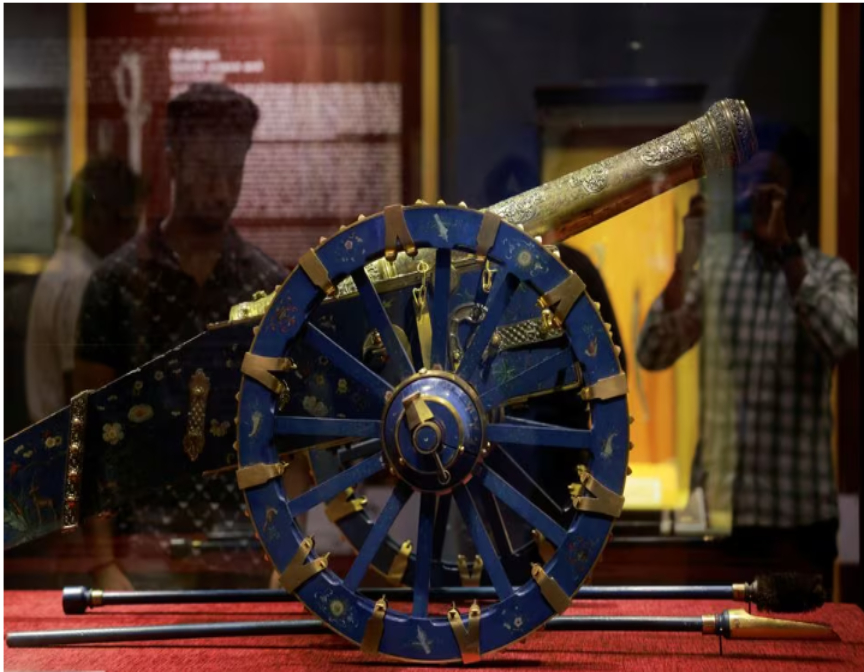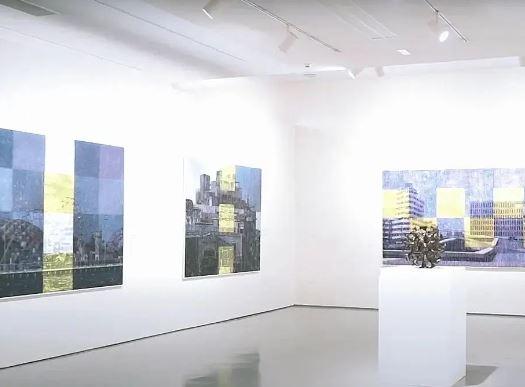Historical Repatriations: Netherlands Restores Artefacts Taken from Sri Lanka During Colonial Era

The repatriation of cultural artefacts forcefully taken from owners has become principal in recent years. The last of them was the return of stolen artefacts from Benin and Nigeria by France in 2022. French President Emanuel Macron called for this as he acknowledged the vigorous means used to transport artefacts to the land of colonial masters.
Another move in the same direction is the restoration of Sri Lankan historical objects by the Netherlands. This was after the Sri Lankan government requested the Dutch government to return the stolen antiques to their right places.
Among the six artefacts returned to the Sri Lankan land are a cannon, a ceremonial sword, and two guns taken from the country some 250 years ago by the Dutch who besieged the country of the former.
According to a statement released by the Netherlands embassy, the artefacts were taken in 1765 from Kandy, the last kingdom of ancient Sri Lanka, when the Dutch besieged the palace.
“The objects were wrongfully brought to the Netherlands during the colonial period, acquired under duress or by looting,” it added.
Meanwhile, the Sri Lankan government is happy about the restitution of historical objects but will not relent in retrieving all artefacts from other countries including Great Britain, said Buddhasasana Religious and Cultural Affairs Minister Vidura Wickramanayake in a report by Reuters.
“There are more to come. Not only from the Netherlands but also from other countries like Great Britain. So we have already started negotiations and I hope they will be fruitful very soon,” he told reporters.
The Ambassador for International Cultural Cooperation at the Dutch Ministry of Foreign Affairs, Dewi Van de Weerd also outlined that “These objects represent an important cultural and historical value and they are back in Sri Lanka where they can be seen by the Sri Lankan public.” Adding “The value of returning these objects is important because it is about addressing historical injustices.”




